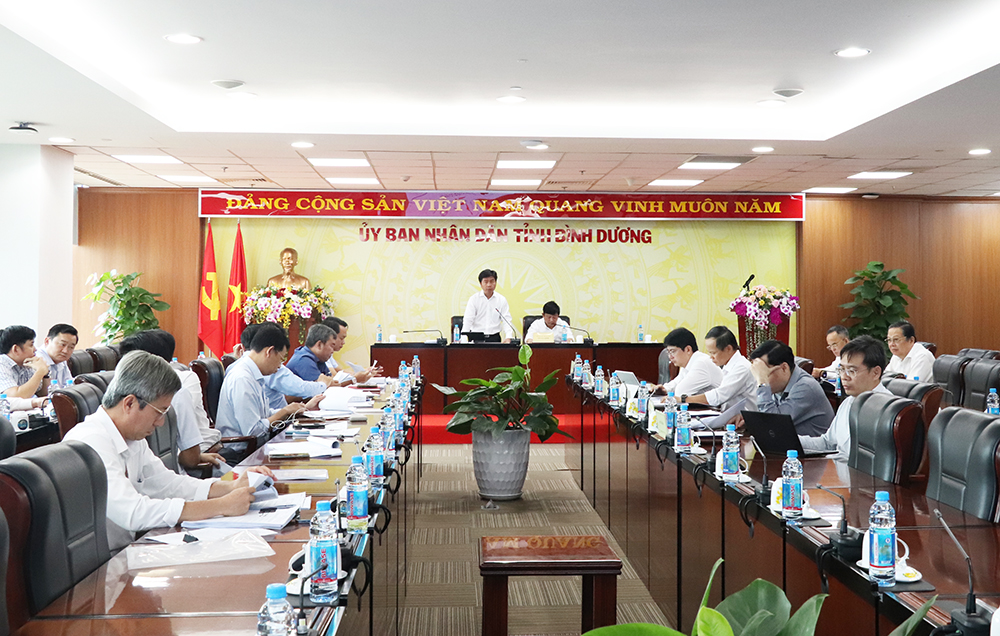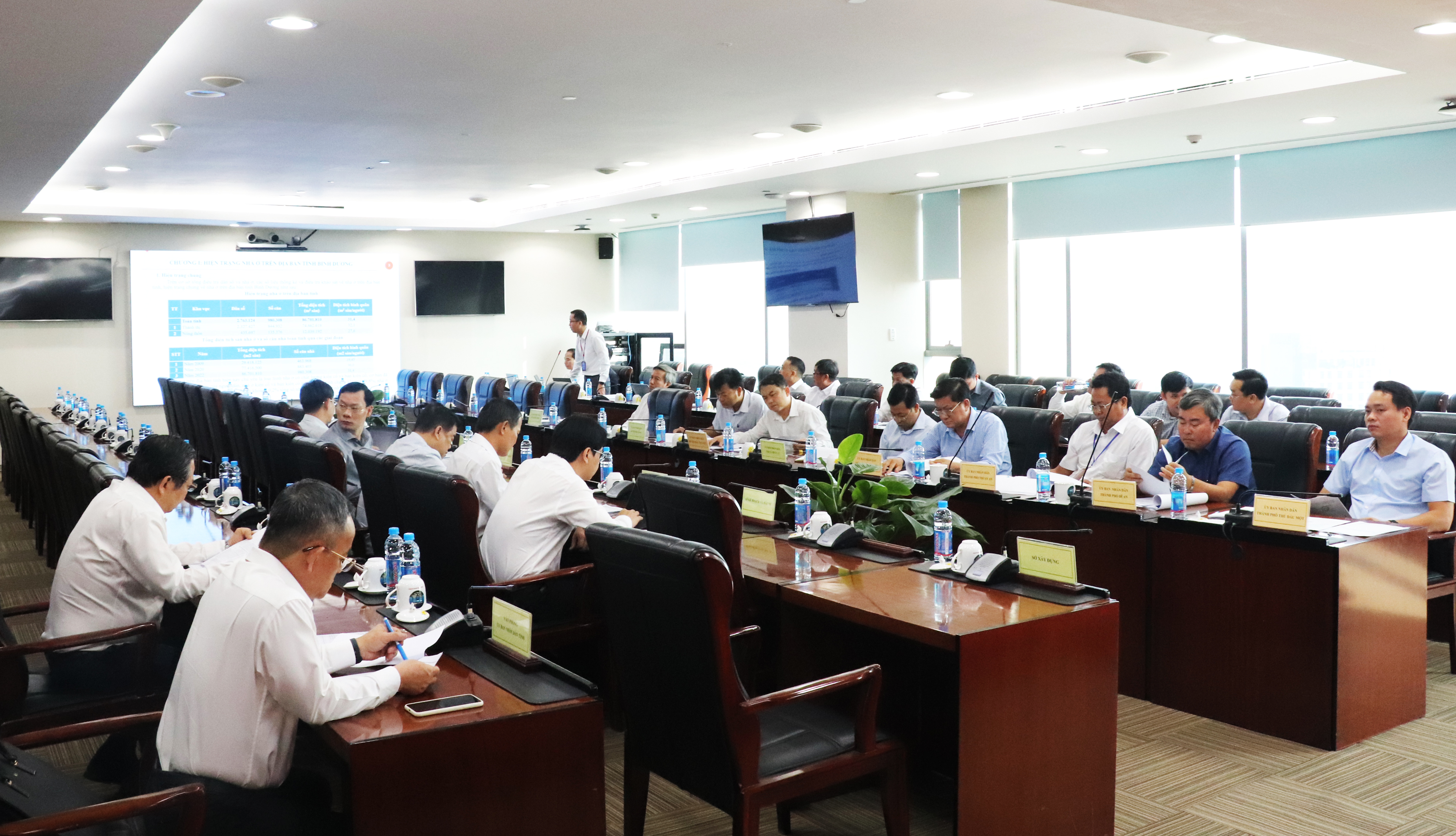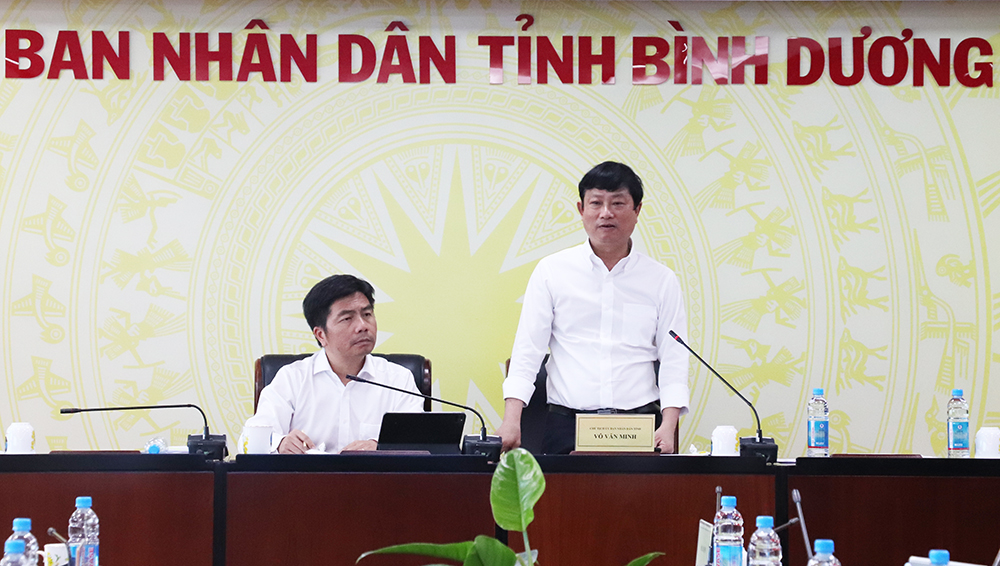At the meeting, the adjustment of the Housing Development Plan from 2021 to 2025 was reported. Accordingly, from 2021 to 2025, the project completed the construction of about 25,277,583m2 of floor space, equivalent to about 10,966 houses (Housing Development Plan attached to Decision No. 265/QD-UBND when not adjusted was 25,320,000m2). Therein, commercial housing was more than 16.4 million square meters (an increase of 6.7 million square meters); Social housing and resettlement housing were about 2.8 million square meters (a decrease of nearly 1.3 million square meters); 6 million square meters of self-built housing and households were equivalent to about 40,000 houses (a decrease of 5.52 million square meters) compared to Decision No. 265/QD-UBND.
It strived to reach 33.5 square meters of floor space per person. Therein, urban areas reached 34 square meters of floor space per person, and rural areas reached 29.6 square meters of floor space per person. Increasing the quality of solid housing reached 99.9% (urban areas reached 100%, rural areas reached 99.8%) without simple houses.

Overview of the meeting
Housing support was implemented based on target programs such as people with revolutionary contributions who have housing difficulties, poor and near-poor households; and Households in areas often affected by natural disasters, climate change, storms, floods, and landslides...
According to a report from the Department of Construction, the project to develop social housing and worker housing from 2021 to 2025, with an orientation to 2030, was expected to invest in about 172,735 social housing units with a total area of about 613 hectares. The construction floor area reached more than 9.5 million square meters to meet the population of 636,796 people with a total investment of about 87,236 billion VND. It was 2 times higher than the target assigned by the Government.

The consulting unit reports adjustment of the Housing Development Plan for the 2021 – 2025 period.
From 2021 to 2025, It was expected to arrange 159 hectares of investment land area to complete about 42,514 social housing units to meet about 138,188 population. From 2026 to 2030, it is expected to arrange 454 hectares of investment land area to complete 130.221 social housing units for about 498.608 population.
To conclude the meeting, Mr. Vo Van Minh – Chairman of the PPC said that the province's policy was to continue to attract investors, so the demand for commercial housing was expected to increase. Therefore, it was necessary to adjust appropriately for the housing construction plan. The chairman of the PPC noted that three central urban areas with a high population density (Thu Dau Mot City, Di An City, Thuan An) needed to review and calculate reasonably and divide housing targets according to administrative units. Besides, we needed to focus on planning locations and implement extra review and consideration to submit to the PPC for ensuring infrastructure criteria and priority locations.

Mr. Vo Van Minh – Chairman of the PPC concluded the meeting.
Regarding the project to develop social housing and worker housing from 2021 to 2025, with an orientation to 2030, the Chairman of the PPC emphasized that the whole province has over 53% of the population is workers from outside the province, so social housing construction is one of the province's social security policies, which is very important to help workers settle down. It is an effective solution to promote socio-economic development. The project was specifically developed with 07 groups of solutions corresponding to 07 types of land. The province had policies to support businesses to invest in the field of social housing.
Based on the contents agreed at the meeting, next week, localities will coordinate with the Department of Construction to survey and review arising locations. They will collect data information and put it on a list of locations that change the function to make the social housing project. Then, they submit it to the PPC for approval soon. At the same time, a Steering Group was established to review each social housing project to speed up progress. For the Northern districts where there still are a lot of land funds, when planning industrial zones and clusters, it is necessary to determine locations to build social housing for workers. The situation of "wherever an industrial park is built, the motel will grow" is not allowed.